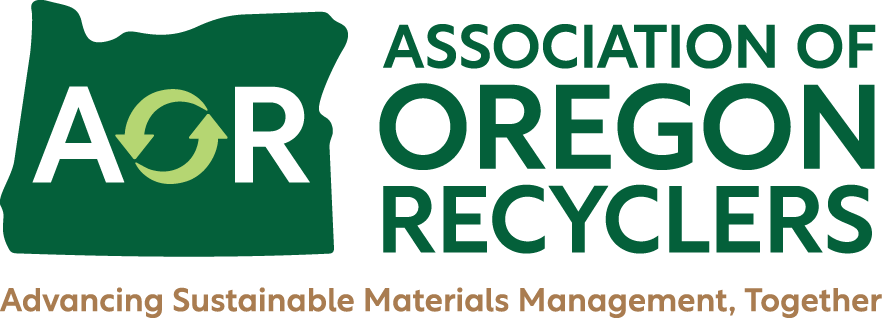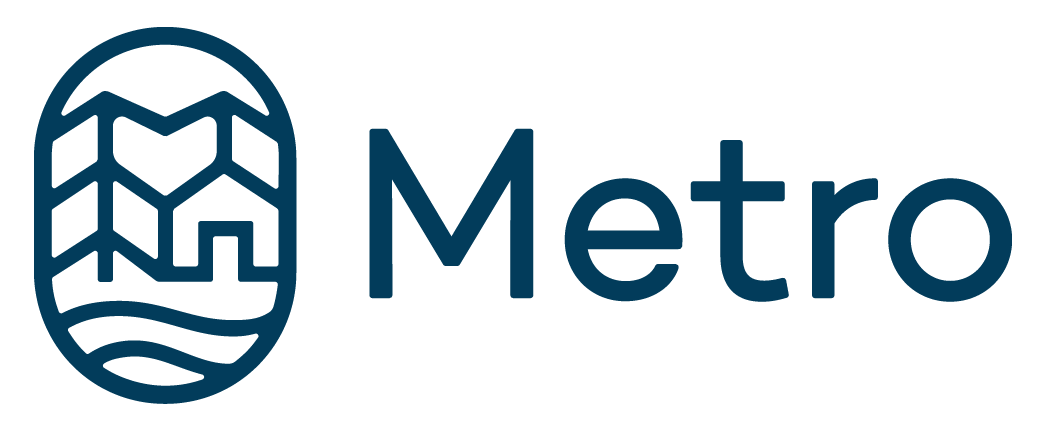REPORT: Transformation of Pacific NW waste & recycling by 2040 would bring tens of thousands of jobs and cut pollution
Press Release from the Center for Sustainable Infrastructure
OLYMPIA, Wash.—The Center for Sustainable Infrastructure (CSI) today released a blueprint for transforming the Pacific Northwest’s waste system into a world-class model that delivers widespread economic, health and environmental benefits. From Waste Management to Clean Materials details a clear pathway that can create tens of thousands of clean materials jobs across the region by 2040, along with urgently-needed improvements for the health and well-being of people and the planet.
“Our waste and recycling managers are grappling with the most profound set of challenges they’ve faced since the 1970’s,” said Rhys Roth, CSI executive director. “The good news is that—as we’ve seen in the past two decades with Clean Energy—strong leadership with a clear vision can pay off for the Northwest in big ways: hundreds of new Clean Materials businesses, thousands of new jobs, and billions of dollars in new investment. At the same time, we can slash the emissions that are driving climate change and reduce toxic pollution.”
The report focuses on four Clean Materials solutions that work together like the interconnected facets of a diamond, rather than ranked one above the other:
- Prevent waste at all stages: by incentivizing redesign of products and supply chains to shrink carbon footprints, eliminate toxic materials, waste less food and conserve resources.
- Get longer life and more use from products: through tool libraries, sharing services like car-share, re-use and repair.
- Optimize recycling: which happens by cleaning up recycled material streams, ensuring ease-of-recycling in product design decisions, redesigning collection and processing of recyclables, and measuring success based on actual recycling.
- Create jobs at clean production and processing hubs: where used products and materials find new life through reuse, repair and recycling enterprises; co-located industries connect so one’s ‘waste’ becomes another’s resource, saving materials, energy and water; and wastewater treatment plants grow into value-generating ‘biorefineries.’
By fostering dense clusters of Clean Materials innovation, the Northwest can create tens of thousands of jobs by 2040, the report shows. Hundreds of innovative new manufacturing and service businesses in all parts of the region will be needed to deliver Clean Materials solutions—preventing waste, getting longer life and more use from products, optimizing recycling and developing clean production hubs. Building excellence at delivering these solutions at home will position Northwest companies to export expertise, proven here, to other regions and the world—establishing our region as a national and international leader in the Clean Materials economy.
One of the Clean Materials report’s recommendations is a new “Clean Score” that will measure the health and environmental impact of products sold in the region across their entire life cycle—from material extraction, to processing, transport, use and recycling or disposal.
“Clean Score is about transparency,” Roth said. “It’s truth-in-labeling for the health and environmental impacts of our products, kind of like the nutritional labels on our packaged foods.”
The report additionally recommends establishing a partnership among states, the West Coast Clean Materials Alliance, to leverage impact and benefits from southern California to British Columbia.
Already, dozens of innovative businesses, nonprofits and government initiatives are showing what the Clean Materials future can look like.
Northwest residents have been enthusiastic recyclers for decades. In 2017, however, the system received a shock when overseas markets began closing to U.S. recyclables, which caused revenue for local recycling programs to plummet. As governments search for new solutions to the crisis, recycling costs are rising and more recyclable material is being landfilled.
But recycling pressures are just one component in a host of challenges facing our waste system. Others include changes in packaging that make recycling more difficult and the failure of waste prevention programs to ‘bend the curve’ and actually reduce most waste streams.
Moreover, many leaders now recognize that the most harm to the planet and to people’s health caused by the stuff we throw away comes before the waste stage, when the materials in our products are extracted, processed, manufactured, transported and used. All these stages in a material’s life cycle can cause pollution, waste energy or release toxic chemicals.
“With strong policies on Clean Materials, our region can claim the same leadership role we’ve claimed in Clean Energy—and have a similar impact on the environment and economy,” Roth said.
About the Center for Sustainable Infrastructure
The Center for Sustainable Infrastructure (CSI) catalyzes transformative systemic change across the Pacific Northwest by creating state-of-the-art, triple-bottom-line solutions that better leverage the billions of dollars spent each year on infrastructure. CSI has developed a series of reports, 5 Big Goals for 2040, which together comprehensively detail a 20-year vision and pathway for transforming the Pacific Northwest’s infrastructure. CSI’s first report addressed Sustainable Infrastructure broadly, the second report focused on Energy, the third on Water.


